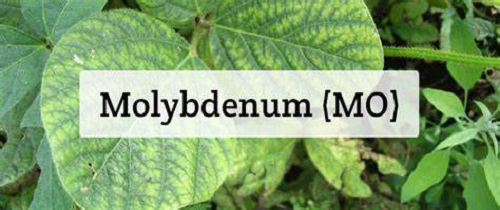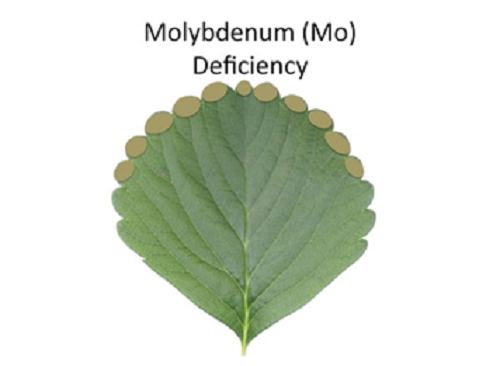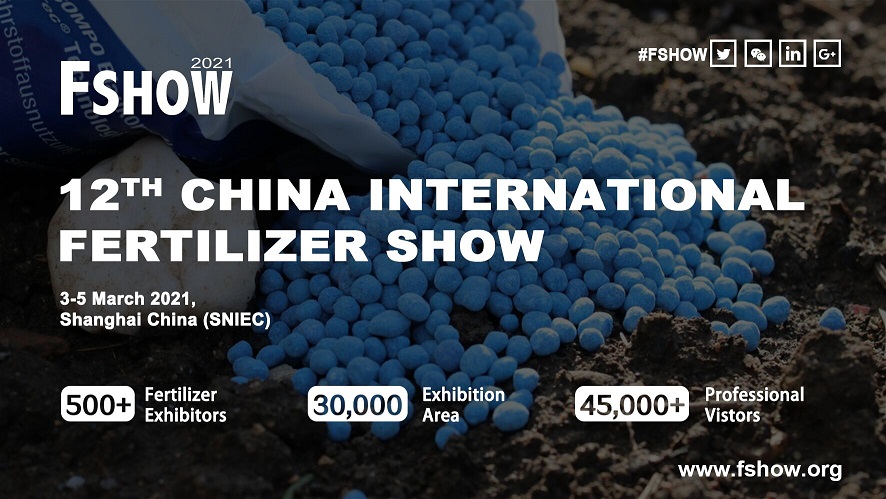
Exhibition time: 17-19 March, 2026 Shanghai, China
 中文
中文

Exhibition time: 17-19 March, 2026 Shanghai, China
 中文
中文
Molybdenum is essential plants "trace elements", one about the amount of plant dry matter around 0.5ppm, is indispensable and irreplaceable. Widely used at home and abroad in recent years as a micronutrient fertilizer ammonium molybdate, can significantly improve the legumes, forage and other crops, quality and yield. This is mainly to promote molybdenum and other nitrogen-fixing Rhizobium biological nitrogen fixation in the air, and further converted into a plant nitrogen desired protein. Molybdenum can also promote plant absorption of phosphorus and its role in plants. Molybdenum also accelerate the formation of sugars in plants and transformation, improve plant chlorophyll content and stability, improve vitamin C content. Not only that, but also improve the molybdenum plant cold tolerance to drought and disease resistance.

★Molybdenum - Quick Facts
l Molybdenum is essential for the process of symbiotic nitrogen (N) fixation by Rhizobia bacteria in legume crops.
l Molybdenum is needed by the plant in the synthesis and activation of nitrate reductase enzyme which reduces nitrate to ammonium in the plant.
l Several materials supply Mo and can be mixed with NPK fertilizers applied as foliar sprays or used as a seed treatment.
★ Molybdenum - Role of Nutrient
l Optimizes plant growth
l Aids in the formation of legume nodules
l Converts nitrates (NO3) into amino acids and proteins within the plant.
l Involved in synthesis of ABA
★ Deficiency Symptoms
Molybdenum-deficiency symptoms show up as a general yellowing and stunting of the plant. A Mo deficiency can also cause marginal scorching and cupping or rolling of leaves.

★ Usage
Form used by plants: MoO4-2, Several materials supply Mo and can be mixed with nitrogen (N), phosphorus (P) and potassium (K) fertilizers applied as foliar sprays or used as a seed treatment. Seed treatment is the most common way of correcting Mo deficiency because of the very small amounts of the nutrient required.
★ Soil pH to Molybdenum Ratio
Molybdenum becomes more available as soil pH goes up, the opposite of most other micronutrients.
